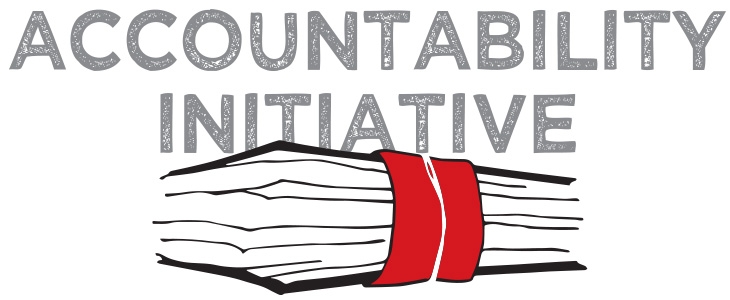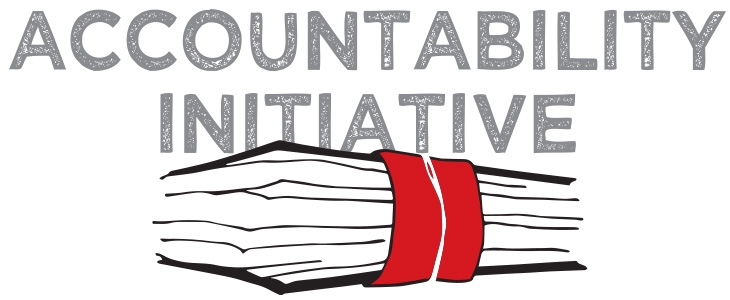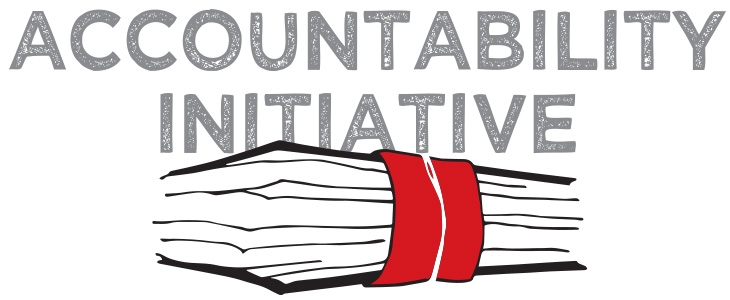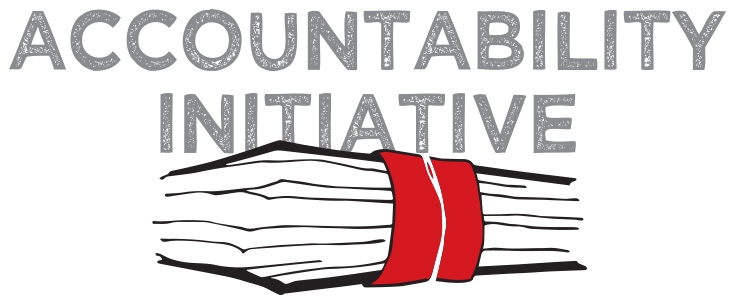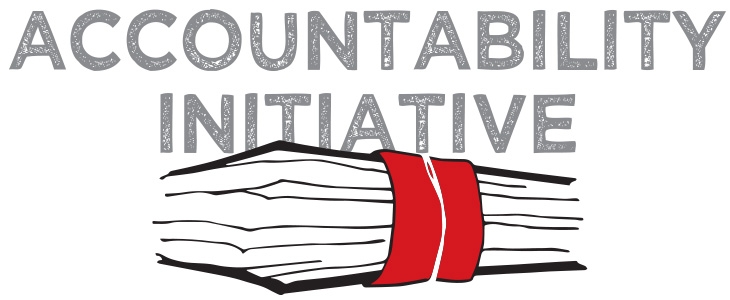
Accountability Initiative’s new working paper examines the effectiveness of social audit as a tool to enhance accountability.
Using a mix of quantitative and qualitative methods, Ritesh Singh and Vinay Vutukuru measure the impact of social audits on the implementation of National Rural Employment Guarantee Scheme, the flagship employment guarantee program of of India, in the state of Andhra Pradesh.
The main research questions addressed are: what is the impact of social audits on the size of the program and the payment process? Are social audit results a good indicator of the overall quality of program implementation? How does the performance of Karnataka, a neighbouring state, which has not taken up social audit, compare to that of Andhra Pradesh in the overall implementation of the program? And what are the reasons behind the successful scale up of social audits in Andhra Pradesh?
The results show that there is a statistically significant improvement in the size of the program as measured by the man-days generated. There was no statistically significant improvement in the proportion of timely payments, which can be attributed to technical problems in scaling up the payment process. It was found that the qualitative reports provided useful inputs on the process related aspects (performance of functionaries, maintenance of muster rolls etc) that were missing from the quantitative performance reports. It was found that the program is not in a very stable position in Karnataka, given the fact that there has been a decrease in the size of the program in the current year, and a comparison with Andhra Pradesh would not be a fair. An important insight was that the social audit program generated a great deal of public support in Andhra Pradesh, as manifested by the huge turnouts in the sub-district level meetings, which resulted in political support cutting across party lines. Another critical strategy was co-opting the lower bureaucracy in the entire process, so that there were no major problems during roll-out.
The overall conclusion is that social audits are indeed an important tool in building social awareness which results in a greater demand for work which translates into increased size of the program. The process also exposed corruption in the implementation of the program and a total amount of Rs 20 million of program funds was recovered.
The paper recommends that the Andhra Pradesh experiment with social audit can be replicated elsewhere in the country, provided that the learnings from its example are internalized, the program is launched in an incremental manner, and political issues generated by the process are carefully handled. It is specifically recommended that the Government of India should finance a pilot social audit project in two districts in each state of the country, roughly modeled on the Andhra Pradesh example. The states could then do a comprehensive roll out across all districts based on the state-specific learning from the pilot projects.
The paper can be downloaded by clicking here.
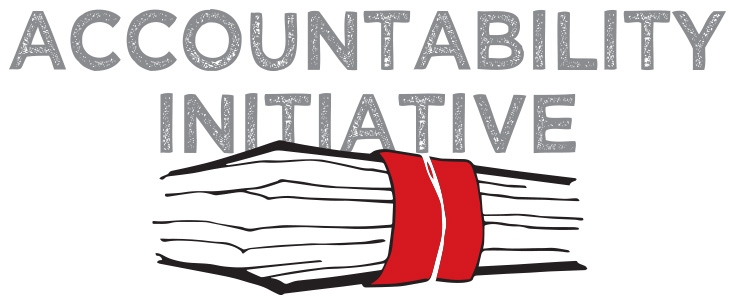
The US has recently introduced a bill, the Public Online Information Act (POIA) which will make it mandatory for all government departments to publish all publicly available information and data online. This includes information on the personal financial interests of high level government officials; reports of instances when executive branch travel is paid for by third-parties; reports disclosing lobbying activities by government contractors and grantees made in connection with winning a grant. If enacted, the POIA would make it mandatory for executive branch agencies to make all publicly available information online in a time bound and user friendly manner within three years of the bill being enacted. The bill also includes the setting up of a panel to bring together all branches of government create guidelines for information sharing. Click here to read more.
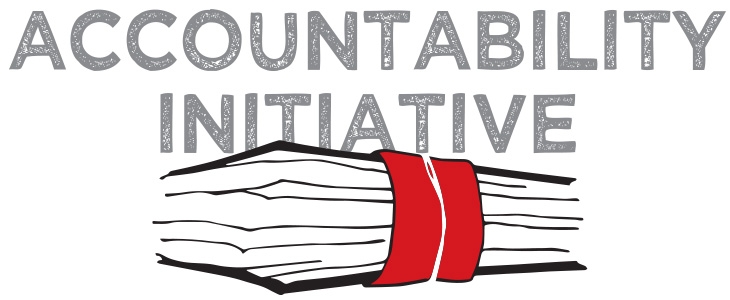
I had almost forgotten, till I saw a copy at a friend’s office yesterday, that every year in Parliament’s budget session, apart from presenting the annual budget, the Government of India tables an outcomes budget where every ministry reports on its outcomes. Remiss as I was in forgetting, I can’t be blamed, entirely. The outcomes budget was launched amidst much talk of reform in 2005 by then finance minister P Chidambaram. In a promising budget speech, he said ‘I must caution that outlays do not necessarily result in outcomes’. ‘The people of this country,’ he went on to add, ‘are concerned with outcomes’. And to his credit he launched the outcomes budget. In its short five year existence, the budget has been nothing but a damp squib. So valued is the outcomes budget that it never makes even the inside pages of newspapers and if you want to look for them on line – well best of luck to you.
What went wrong? Well, like many things in government, the idea is a good one but its implementation nothing short of poor. There are two critical elements to a successful ‘outcomes budget’. First, it requires the identification of clear, concise and quantifiable outcome indicators. These indicators need to be tangible and realistic. Here the outcomes budget falls short. Indicators are vague – the health ministry describes ‘funding of institutions’ and ‘widening of surveillance mechanisms’ as some of its key outcomes- making measurement impossible and irrelevant.
Second, for an ‘outcomes budget’ to achieve results it must be accompanied by increased information on performance against these indicators. The Finance Minister emphasized this at the launch of the outcomes budget, by pointing out that the objective of the budget is to put critical data on expected outcomes in to the public domain and allow for public scrutiny. On this count too, the outcomes budget has fallen far short of expectations. The budget itself was launched with much media fanfare but over the years it has simply disappeared from the public radar. There is no evidence of any proactive effort by government agencies to generate and disseminate information on progress.
In today’s Mint, Sanjiv Misra, former member of the 13th Finance Commission made some interesting observations about the failure of the outcomes budget. He points out that for reforms like the Outcomes Budget to be successful it requires the “establishment of countrywide performance benchmarks and costing norms for the public goods and services supplied; development of measurable performance indicators for the objectives set out; development of performance monitoring systems to regularly collect data on the actual results achieved; independent third-party evaluation of major programmes; and use of performance contracts to enforce accountability of key actors.” He so argues for the need to link performance on outcomes budgeting with pay.
The interesting thing about India today is that we have all these design instruments in place and we speak the right ‘speak’. Everyone in Government from the highest to the lowest agree that outcomes matter. Everyone in Government from the highest to the lowest agree that these need to be monitored and that he failure to do just this is the cause of our persistent poor performance on human development. Everyone in Government from the highest to the lowest has some interesting ideas on how to address this problem. As we speak the cabinet secretariat is running a seminar on performance oriented monitoring in the civil services. In fact the performance management wing of the cabinet secretariat has signed a significant number of contracts with Government of India departments to performance criterion and goals and there are some whispers about introducing pay for performance measures. At the same time the planning commission seems to be moving towards setting up the Independent Evaluation Office and a few months ago, PMO set up a delivery monitoring unit. There is also much talk of using technology through the UID and other instruments to develop a transparent expenditure information network that will allow for transparency and regular tracking of government funds. All of which have the potential to address the problems reforms like the outcomes budget faces. But for these instruments to take effect, we need political will – and that as we all know is sadly missing. What we need now is not more instruments but a better understanding of how to circumvent this lack of political will and push for change.
Yamini Aiyar is the Director, Accountability Initiative.
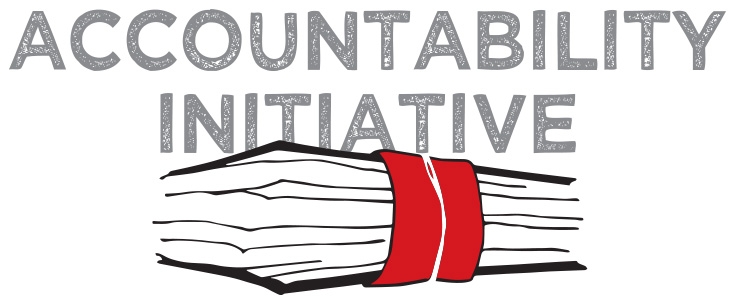
Is the food subsidy helping the poor in India? How much money has been allocated, how much is being spent? and are these allocations efficient? Accountability Initiative’s data on food subsidy shows where your money is going.
Hindol Sengupta, Bloomberg UTV news discusses food subsidy and the budget with with Dr Swaminathan and others on “Everybody’s Business: Where Did Your Money Go?”.

In the first of a 4 – part series on social sector spending in India, the Accountability Initiative in collaboration with Live Mint, looks at expenditure under the Mahatma Gandhi National Rural Employment Guarantee Scheme (MNREGS). For a ready reckoner (image) click here. For a detailed analysis see the article – Rural Economics: How taxpayers’ money is (or isn’t) being spent.


